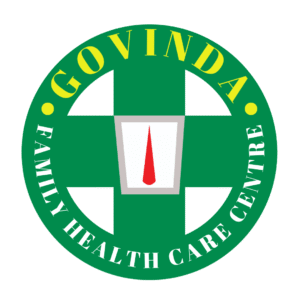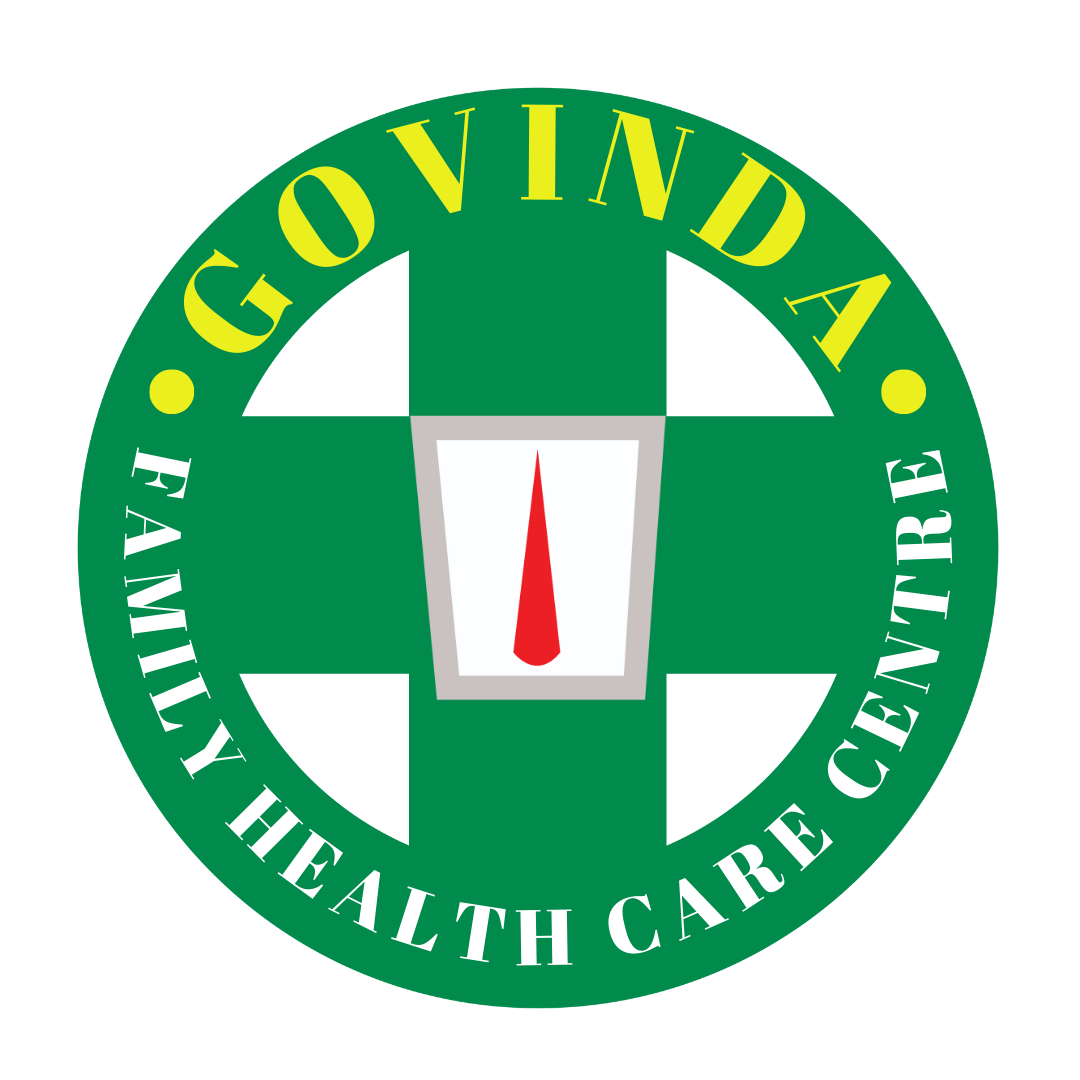Warts Removal – Safe & Effective Treatment for Clear, Healthy Skin
Warts are small, rough, skin-colored or brown growths caused by the human papillomavirus (HPV). While usually harmless, they can be contagious, uncomfortable, and cosmetically unappealing. Warts can appear anywhere on the body, but are most common on the hands, feet, face, and genital area.
Our Warts Removal Treatment offers quick, safe, and scar-minimized solutions using advanced dermatological techniques.
What are Warts?
Warts are benign skin growths triggered by HPV infection. The virus stimulates rapid skin cell growth, forming rough-textured bumps. They may be singular or in clusters.
Types of Peels for Acne
Salicylic Acid Peel
Oil-soluble beta hydroxy acid (BHA) that penetrates deep into pores, dissolving excess oil and dead skin cells.
Best for: Oily, acne-prone skin.Glycolic Acid Peel
An alpha hydroxy acid (AHA) that exfoliates surface skin, brightens complexion, and boosts collagen.
Best for: Dull skin with post-acne pigmentation.Lactic Acid Peel
Gentle AHA suitable for sensitive skin, improving hydration and mild pigmentation.
Best for: Sensitive acne-prone skin.TCA (Trichloroacetic Acid) Peel
Medium-depth peel that targets deeper acne scars and stubborn pigmentation.
Best for: Post-acne scarring.Jessner’s Peel
A combination peel with salicylic acid, lactic acid, and resorcinol for multi-level exfoliation.
Best for: Combination skin with acne and pigmentation.
Common Types of Warts
Common Warts – Rough, raised bumps often on hands and fingers.
Plantar Warts – Hard, grainy growths on the soles of the feet, sometimes painful.
Flat Warts – Smooth, flat-topped lesions, common on the face and legs.
Filiform Warts – Long, narrow growths, often near eyes, mouth, or nose.
Genital Warts – Soft, flesh-colored growths in the genital area (sexually transmitted).
Causes & Risk Factors
Direct contact with HPV-infected skin or surfaces
Cuts or breaks in the skin
Low immunity
Sharing personal items (towels, razors, shoes)
Walking barefoot in public places (pools, gyms)
Professional Warts Removal Options
Cryotherapy (Freezing)
Liquid nitrogen freezes the wart, causing it to fall off.
Effective for most common and plantar warts.
Laser Therapy
Focused light destroys wart tissue with minimal bleeding.
Good for stubborn or recurring warts.
Electrosurgery & Curettage
Wart is burned with electric current and removed with a sterile tool.
Chemical Peels
Salicylic acid or stronger medical-grade agents dissolve wart tissue gradually.
Radiofrequency Ablation
Precise removal with minimal skin damage.
Treatment Process
Step 1 – Skin Examination
Confirm wart type and rule out other skin conditions.
Step 2 – Choose Removal Method
Based on size, location, type, and patient comfort.
Step 3 – Removal Session
Quick, usually 10–30 minutes depending on wart size and number.
Step 4 – Aftercare & Healing
Promote fast recovery and reduce recurrence risk.
Benefits of Our Warts Removal Treatment
Safe, effective, and dermatologist-approved methods.
Minimal discomfort and quick recovery.
Reduced risk of scarring.
Prevents further spread of HPV to other areas.
Post-Treatment Care
Keep the area clean and dry.
Avoid scratching or picking at treated spots.
Follow prescribed topical medication if given.
Use footwear in public areas to prevent re-infection.
Prevention Tips
Avoid direct contact with warts.
Wear slippers in public showers/pools.
Maintain strong immunity with a healthy lifestyle.
Avoid sharing personal grooming items.
Conclusion
Warts can be stubborn, but with professional dermatological care, removal is quick, safe, and long-lasting. Treating them early prevents spreading and restores smooth, healthy skin.
Book your consultation today to say goodbye to warts and hello to clear skin.

